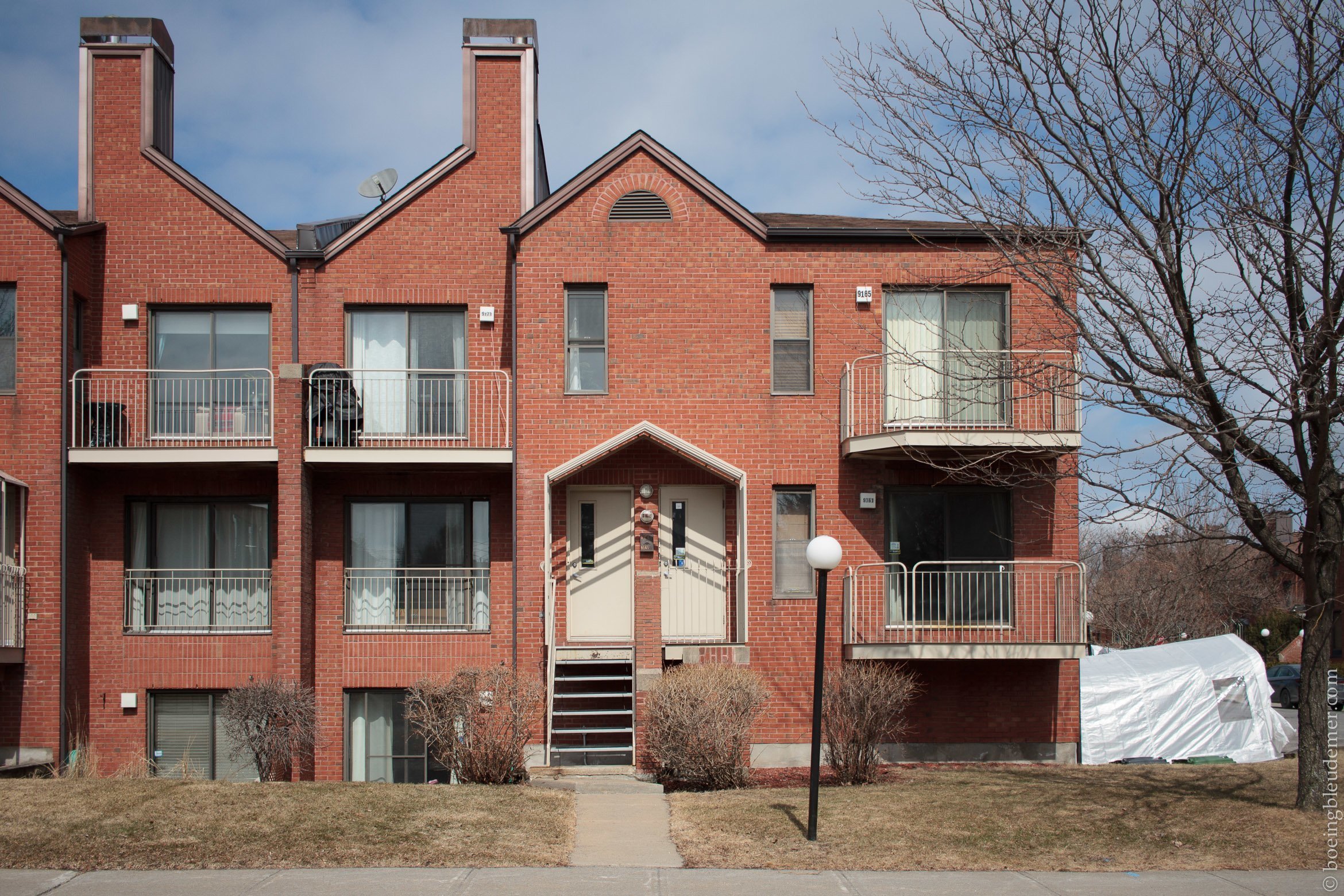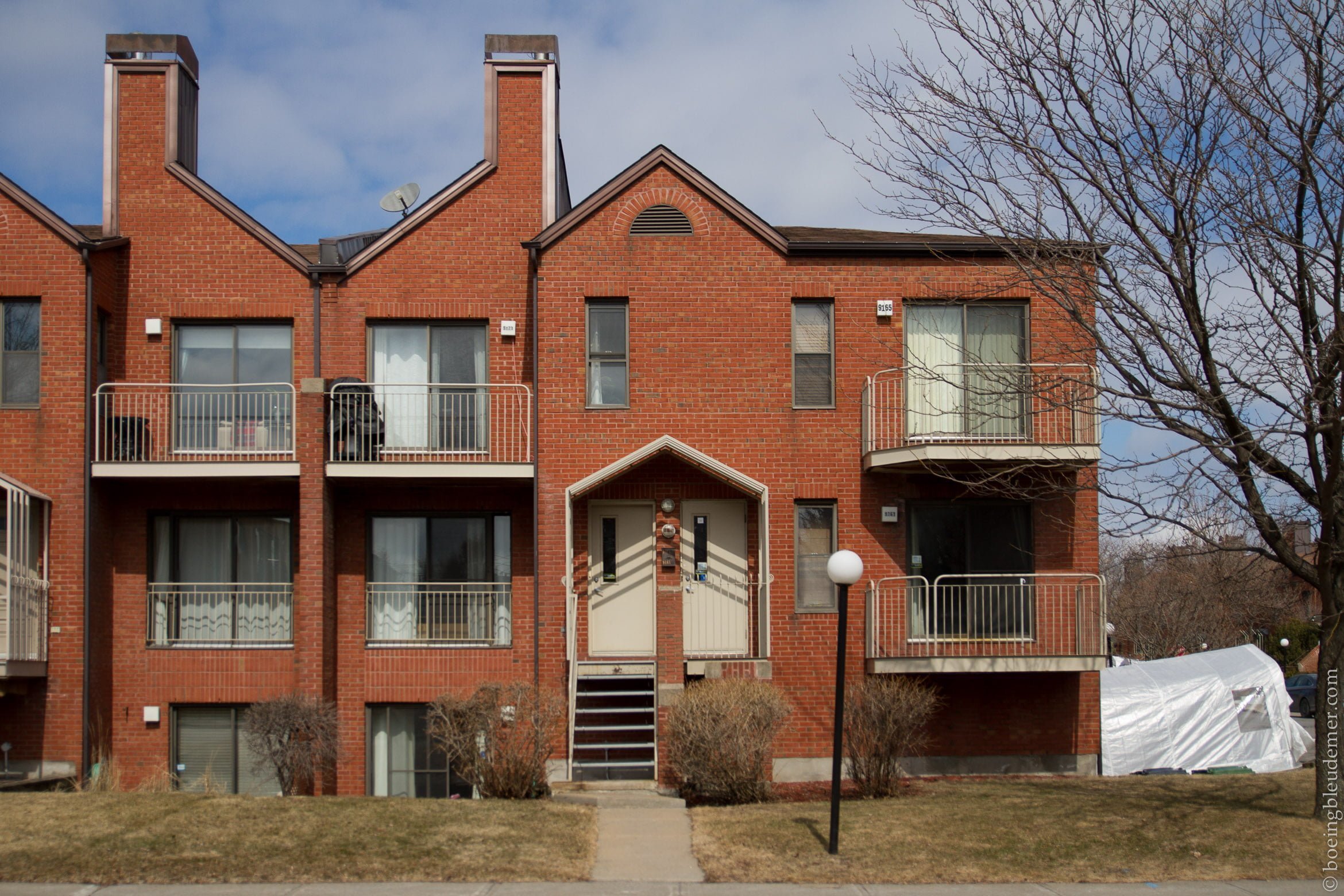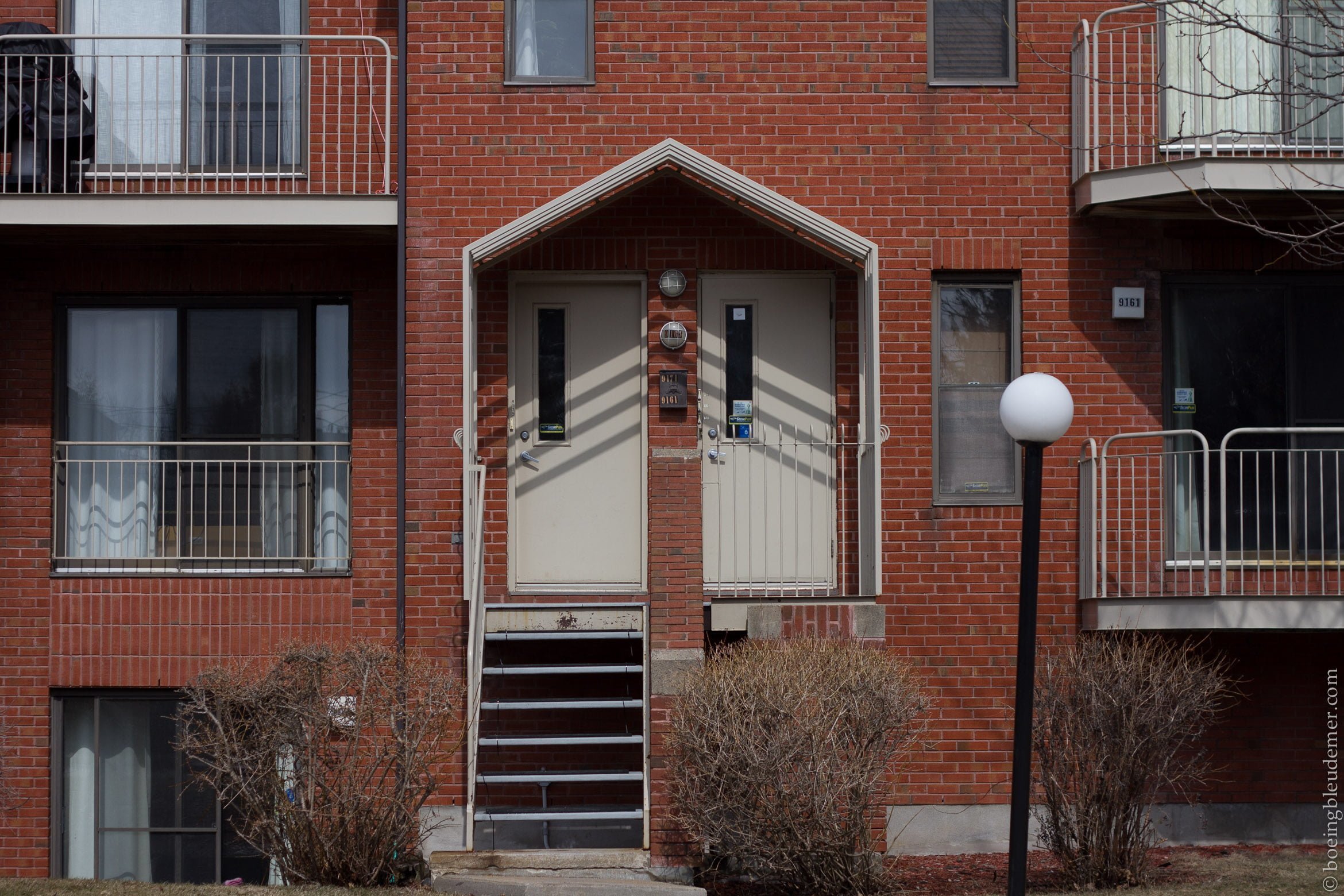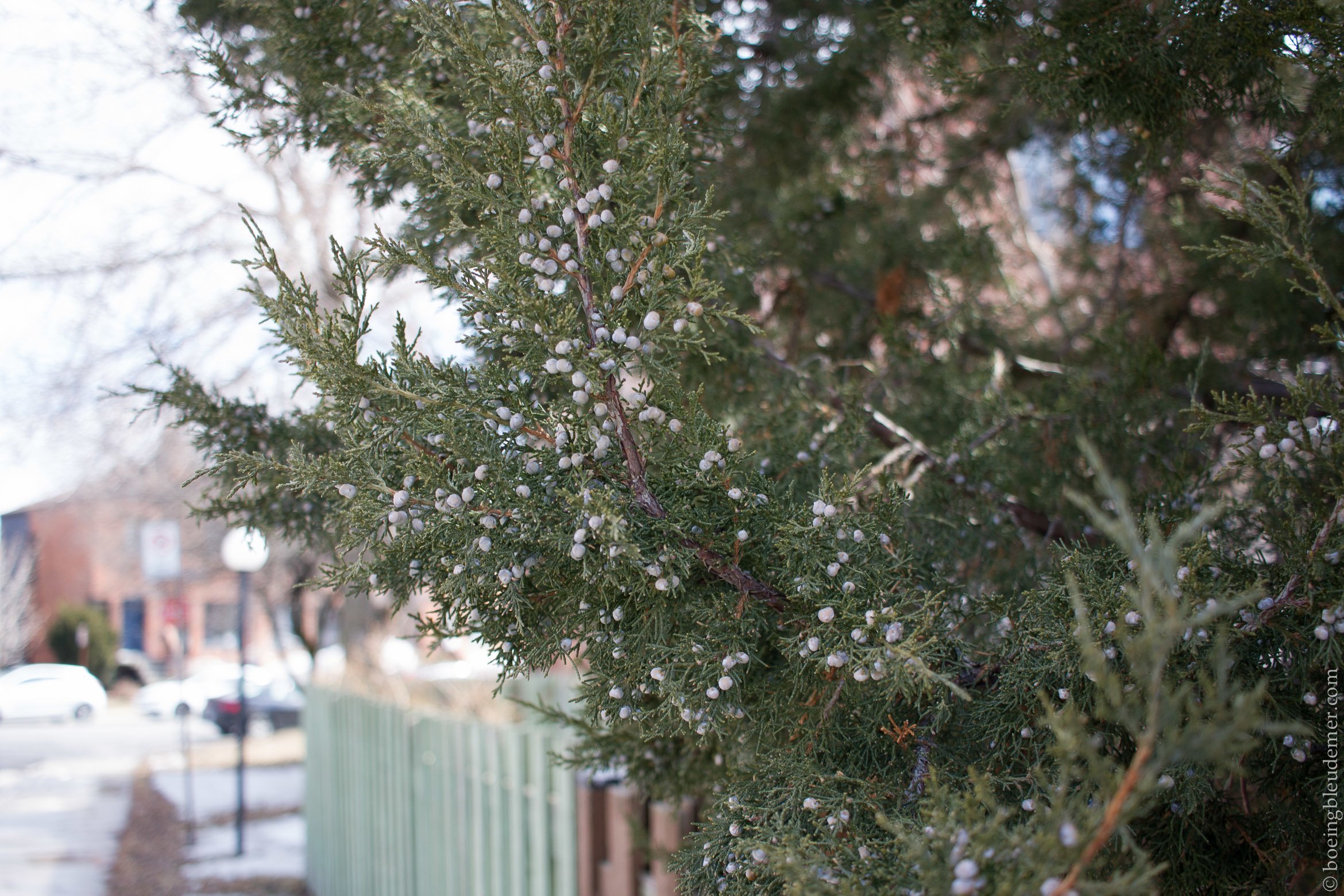I enjoyed using the Lumix mirrorless camera while I had it, but I love my Canon DSLR. My 7D, remains better in terms of battery life and using full-on manual settings. The main problem lies in its weight, the body itself is 1.8 lb to which I add 1.25 lb with my favourite lens, the Tamron 17–55. Walking around with close to 3 lbs around my neck becomes tiring pretty quickly.
In 2015, I had the idea of buying the Canon EF-S 24 mm f/2.8 pancake lens in order to combine the advantages of DSLR with the lightness of hybrids. My review is about how I enjoy using it. I leave the more technical criticism to the experts. Besides, although these tests can be useful, I often find that articles written after two days of use and illustrated with studio photos of targets are not relevant to what I do.
A Brief Description of the Canon EF-S 24 mm f/2.8 « Pancake » Lens
This lens is manufactured by Canon and is dedicated to DSLR cameras equipped with aps-c (cropped) sensors. This is a fixed focal (no zoom) that debuted in 2014 at a very affordable price (€160/$150 US). It has an STM motor: silent, fast and suitable for video capture. It has seven diaphragm blades and it allows you take pictures as close as six inches from your subject. It is called a « pancake » because this lens is very flat, it is less than an inch long and weighs barely 0.25 lb. This makes it the lightest lens in the Canon EF-S range. This focal length is the equivalent to a 38 mm lens mounted on a full-frame or film SLR.
Why Buy a Pancake Lens With a Focal-Length that you already Own?
The lens I use most often on my Canon 7D is my Tamron AF 17–50 f/2.8 XR Di II VC LD that I bought in 2010. It is wide-angle, bright and stabilized: I love it dearly! So, why cheat on it with a focal length that’s already available to me?
Portability! It’s a valuable spec, especially when travelling. I got in 2015 before vacationing in Florida when I had terrible arm pain (TOS) and needed to pack lightly. The weight of the camera body was heavy enough.
A while ago, I had purchased the Canon 50 mm f/1.8 for the same reasons but I never fell in love with it: the 50 mm often feels too up close in a city and the autofocus is a disaster.

What I Love About the Canon EF-S 24 mm f/2.8 Lens
Do I have to say again? Its lightness! It is as if my Canon 7D was naked: then lens barely bigger than the cap protecting the sensor.
Fortunately, it is not the only good thing going for this lens! The focal length is just perfect, it looks like that of the 35 mm automatic film cameras that we used to take on vacation when I was little. It’s versatile enough to switch between portrait and landscape photos. The lens can focus very close to a subject, this allows you to vary point of view. Besides, since the angle is not too large so there is little optical distortion and few chromatic aberrations (less than my Tamron zoom). The dynamic range is also great.
The photos are very clear thanks to the autofocus which works smoothly and discreetly. I had a hard time with the cheap Canon 50 mm lens which led to many missed photo opportunities.
The Things I Don’t Like About the 24 mm Pancake Lens
I beg you to consider the negative points with grain of salt, because this lens has a great quality price ratio.
What I like the least about it is when I use it on a trip is that I find that I lack variety in my storytelling. The fixed focal length makes all the photos look alike if you are not careful to physically vary the distance with your subjects. Some photographers have chosen to buy the Canon EF-S 40 mm f/2.8 pancake in order to interchange these two lightweight lenses that can be carried in a pocket. I am not convinced that this is a great idea, given that dust will get on the sensor each time you change it. God knows how travel conditions (wind, water, sand…) are less than ideal to protect this fragile yet important part of the camera.
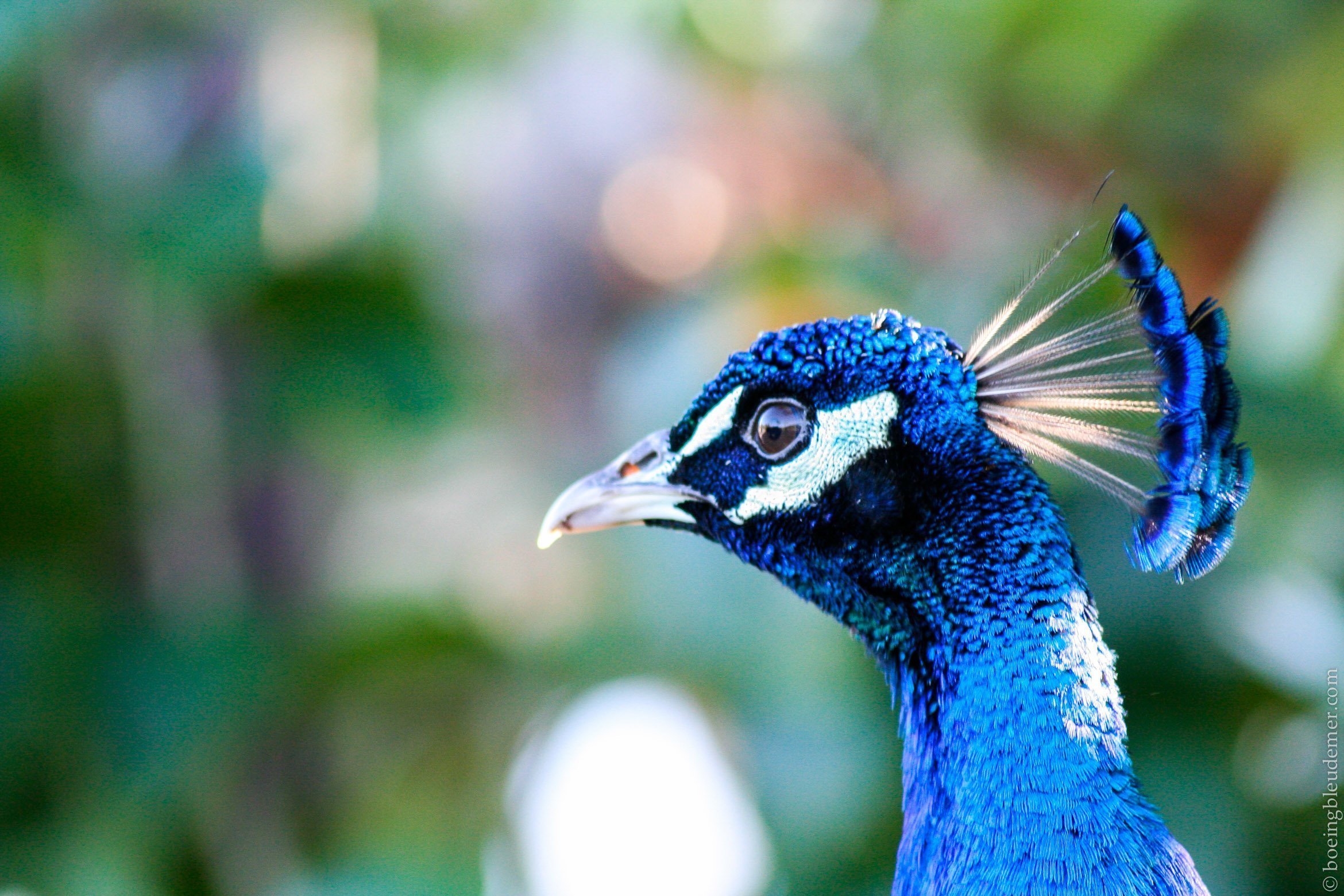
Even if the Pancake allows for a large aperture, the bokeh (the blur behind a subject) is not very beautiful. It’s okay, but looks nothing like the creamy texture of telephoto lenses. It is not really a defect in the sense that I did not expect such a lens to perform above average in this area.
The aperture opens up to f/2.8 and it makes it possible to take photos in low light. However, without a stabilizer, I find it difficult to obtain good handheld images below 1/30 s. It’s just enough to get passable pictures inside or for night photography but many images will need to be discarded if you are not using a tripod or a flash.
One final negative point is the clear vignetting at f/2.8. This is typical of affordable large aperture lenses. It is easy to touch up in Lightroom with the appropriate lens profile.
Final Words on My Canon 24mm Pancake Lens
I don’t care about its negative points! What this lens brings to my photography practice is pleasure and lightness. I prefer my DSLR to its mirrorless counterpart because the battery lasts for more than a week and it’s easy to make my adjustments in manual mode. My 24 mm pancake lens dispenses me from buying another camera because it lessens the main defect of my 7D: its weight.
At US $120, it would be a shame to deprive yourself of such a fun lens. A tip for Europeans: if you can, buy it in North America it’s much cheaper because of the exchange rate.


